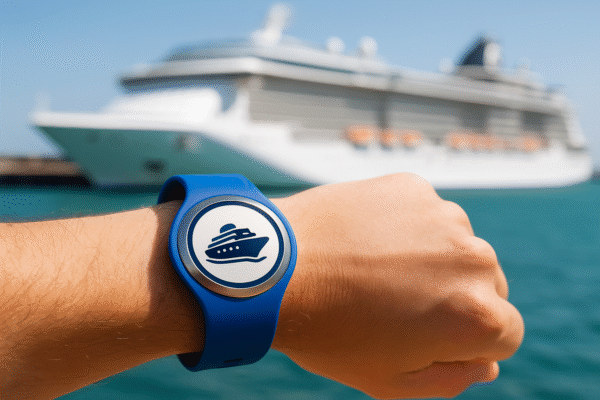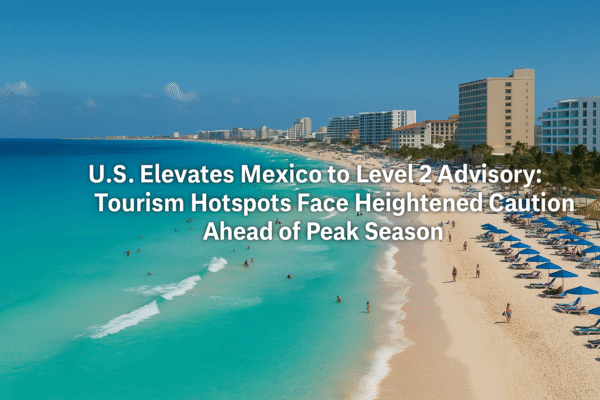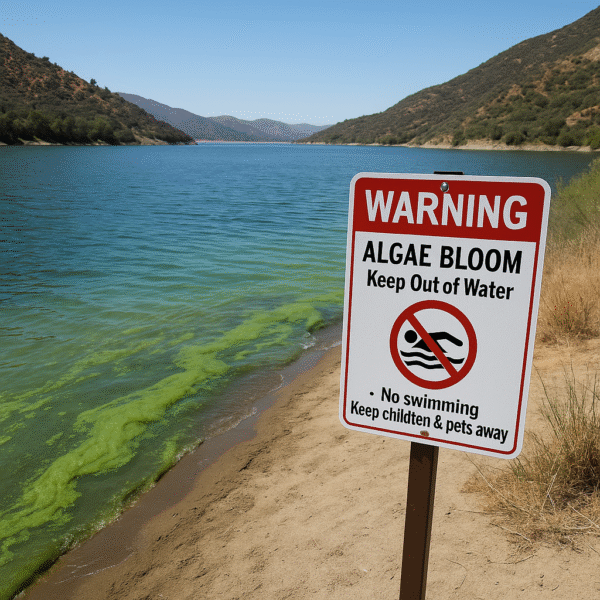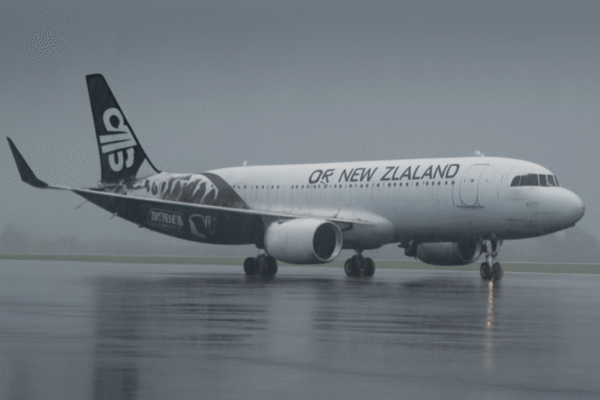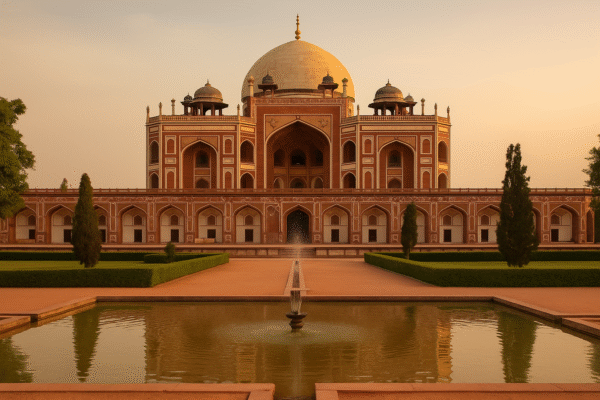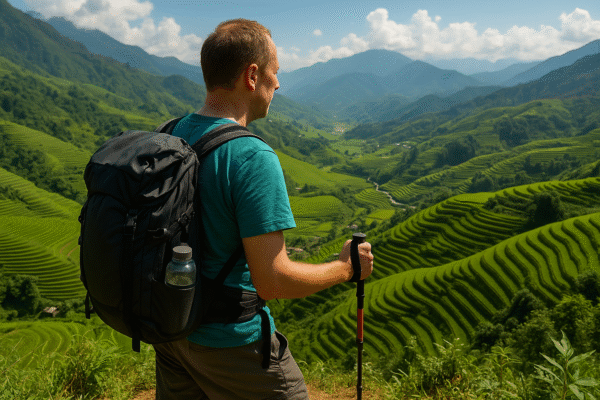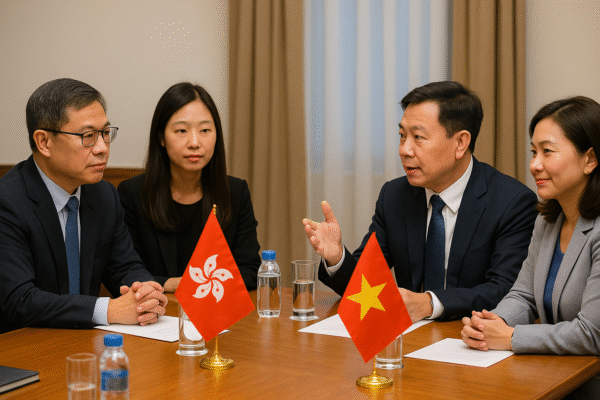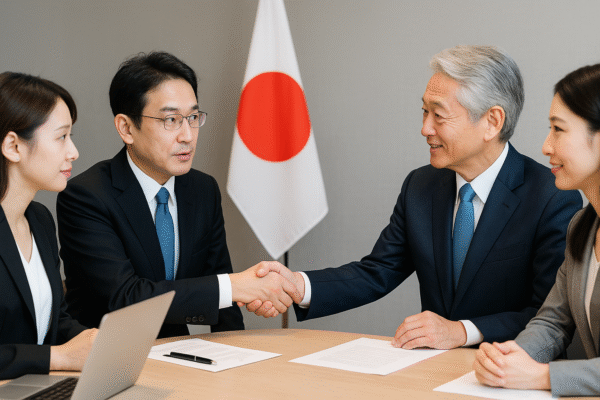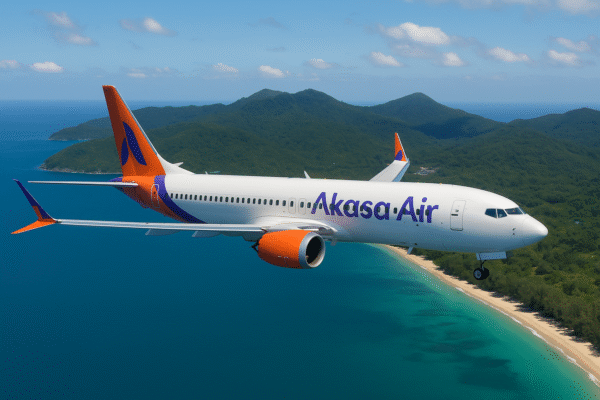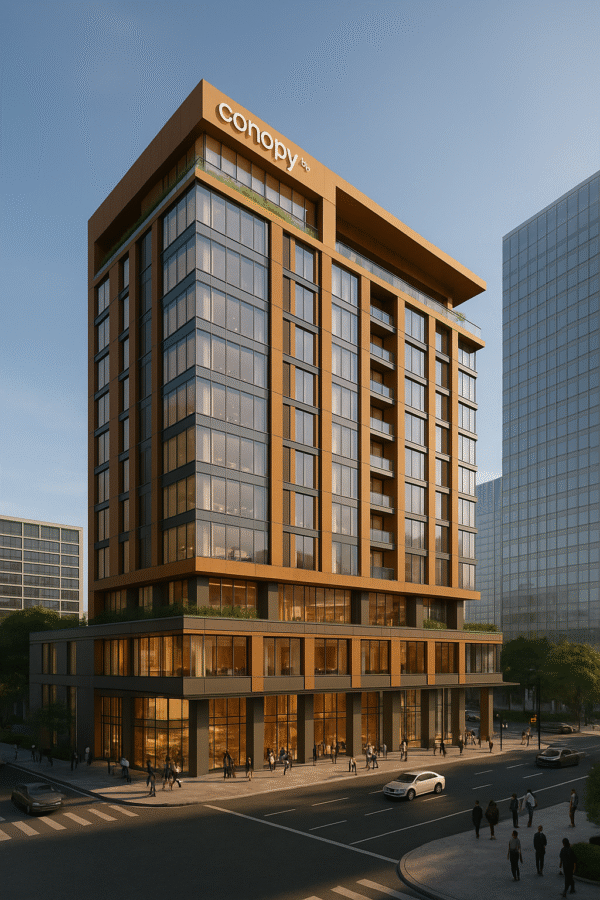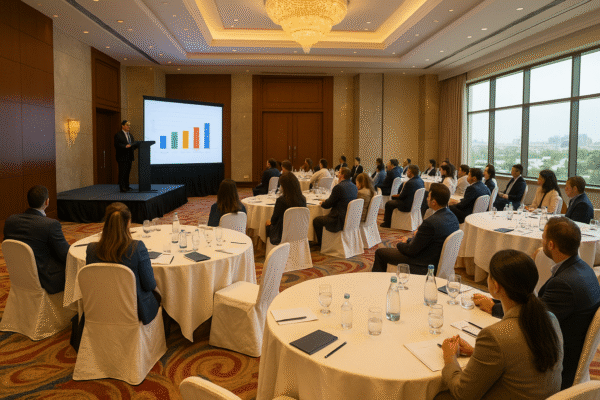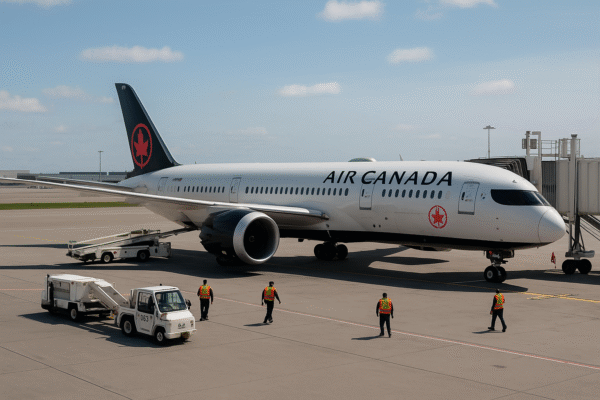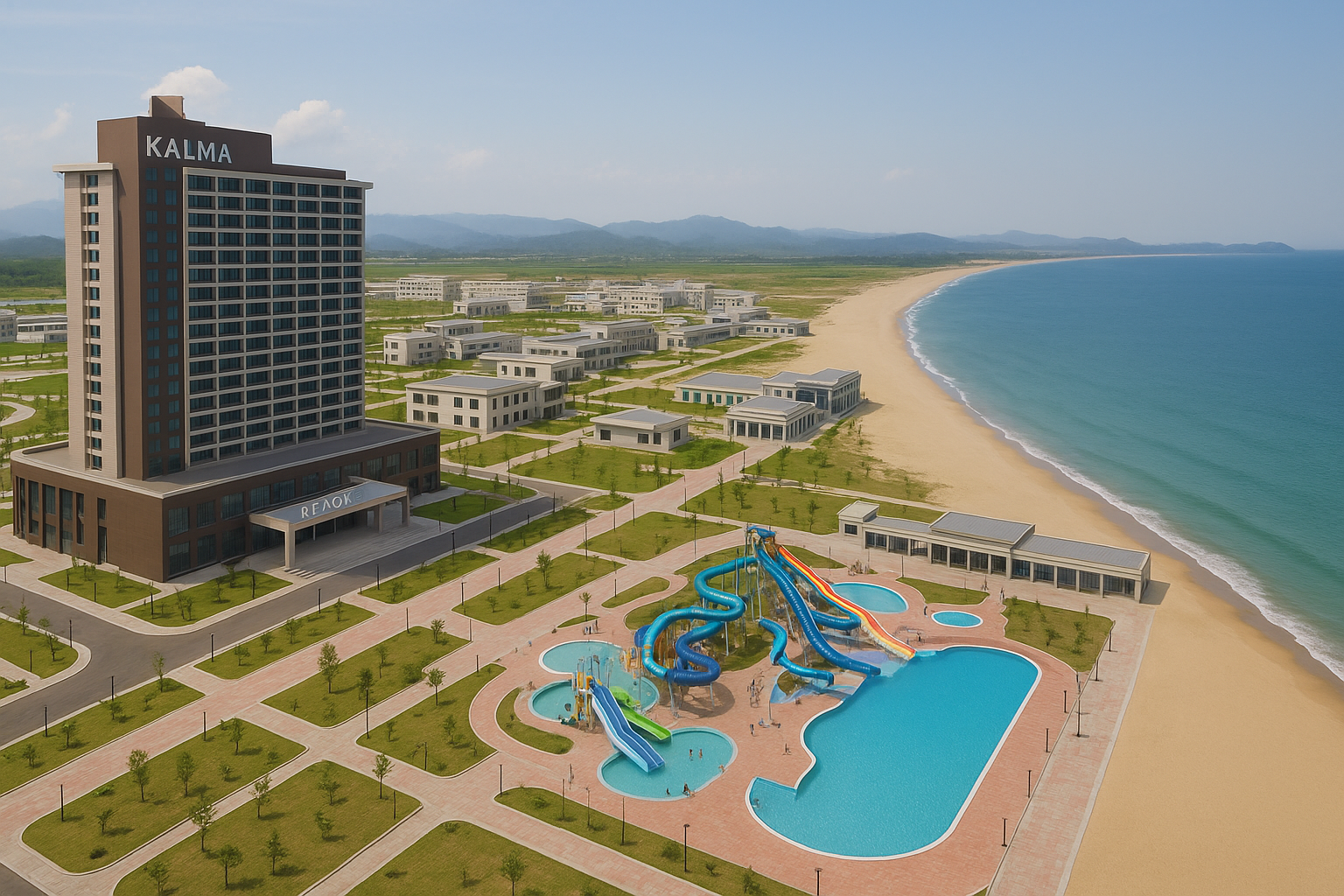North Korea is set to re-enter the global tourism landscape with the launch of its most ambitious hospitality project to date — the Kalma Coastal Tourist Zone in Wonsan. Beginning in July 2025, Russian tourists will be the first international travelers allowed to experience the newly completed Kalma Resort, marking a pivotal moment in North Korea’s carefully curated return to foreign tourism since the COVID-19 pandemic.
This strategic development comes amid strengthened diplomatic ties between Pyongyang and Moscow, with tailored tour packages designed specifically for Russian travelers. The move signals both countries’ intent to deepen economic and cultural collaboration, and it showcases North Korea’s effort to rebrand itself as a controlled but accessible tourism destination.
Kim Jong-un Inaugurates Kalma Resort as National Tourism Flagship
On June 24, North Korean leader Kim Jong-un personally inaugurated the Kalma Resort, situated along the country’s eastern seaboard near the city of Wonsan in Kangwon Province. The resort, which features sleek modern architecture, a high-rise beachfront hotel, water park, wellness facilities, and entertainment zones, has been declared a “national tourist treasure” by state media.
The grand opening was attended by Russian Ambassador Alexander Matsegora and other senior diplomats, whose presence underlined the symbolic significance of Russia being the first country to send international guests to the facility.
Russian Travel Packages Rolled Out for July and August
Vostok Intur, a Vladivostok-based travel agency with long-standing ties to North Korean tourism, has launched three official travel packages for Russian nationals starting in July. The first group of tourists is scheduled to depart on July 7, with the packages priced around $1,840 per person.
Each eight-day tour includes flights from Pyongyang to Wonsan, four nights at Kalma Resort, and guided excursions to nearby attractions like the Masikryong Ski Resort. The combination of coastal relaxation and alpine adventure is part of North Korea’s broader strategy to market itself as a year-round destination.
Kalma Resort: Luxury Infrastructure in a Restrictive Environment
Built to host up to 20,000 guests, Kalma Resort represents the largest single tourism investment North Korea has unveiled in decades. The facility was developed with a clear focus on upscale hospitality, a significant departure from North Korea’s typically austere tourist offerings.
Its location near Wonsan International Airport and the newly built Kalma Railway Station makes it one of the most accessible regions in the country for foreign visitors. The logistical setup—combining air, rail, and coastal access—suggests North Korea is preparing for larger-scale international tourism in the future, albeit within strict government oversight.
Revisiting Masikryong: A Precursor to Kalma’s International Ambition
North Korea’s attempt at international tourism is not unprecedented. The Masikryong Ski Resort, unveiled in 2013, was among the regime’s first ventures aimed at attracting global visitors. While initial reception was muted and foreign arrivals were limited, the ski resort did see modest interest from Russian tourists in 2023.
The Kalma project builds on these early efforts but with a much more ambitious scope. Positioned as a luxury coastal retreat, it is designed not just to showcase natural beauty but to appeal to affluent and adventurous tourists seeking rare travel experiences.
Lessons from Mount Kumgang’s Rise and Fall
The Kalma Resort’s development echoes the earlier Mount Kumgang tourism initiative, which attracted nearly 2 million South Korean visitors between 1998 and 2008. That program collapsed following the fatal shooting of a South Korean tourist and escalating political tensions. By 2022, North Korea had demolished the last remnants of the Kumgang tourist facilities, signaling the end of that chapter.
With Kalma, Pyongyang is taking a fresh approach — this time focused on non-Korean markets, particularly Russian tourists, who face fewer geopolitical entry barriers.
Diplomatic Strategy Behind the Tourism Pivot
The rollout of tourism packages to Russian nationals reflects a broader strategic alignment between North Korea and Russia. The two nations have increased military and economic cooperation in recent years, and tourism now appears to be a diplomatic and economic extension of this alignment.
By welcoming Russian tourists, North Korea is effectively testing international tourism in a controlled and politically friendly environment. The success of this pilot could influence the country’s willingness to open its borders more widely in the future, especially to nations not aligned with U.S.-led sanctions.
A Vision Years in the Making
Plans for a tourism zone in Wonsan were first announced by Kim Jong-un in 2013. The vision was to transform the region into a major entertainment and investment hub. Although progress was slowed by sanctions, pandemics, and internal constraints, the completion of Kalma Resort demonstrates the regime’s persistence in pursuing tourism as a pillar of economic diversification.
Pyongyang’s aim is not just to generate foreign currency but to slowly reintroduce North Korea to the global tourism map — on its own terms.
Economic Prospects and Long-Term Challenges
Despite Kalma’s grandeur, serious questions remain. International sanctions continue to restrict financial transactions, air travel options are limited, and there is no official online booking infrastructure. Moreover, skepticism remains high among global travelers wary of North Korea’s human rights record and political volatility.
Still, for a niche group of tourists — particularly those from countries like Russia or China — North Korea offers an exotic, tightly controlled adventure. If the Kalma experiment proves economically viable and diplomatically stable, it could serve as a blueprint for future state-managed tourism initiatives.
Conclusion
The Kalma Resort’s opening and the imminent arrival of Russian tourists mark a cautious but deliberate re-entry of North Korea into the global tourism sphere. With luxury infrastructure, political alignment, and controlled visitor flows, the regime is attempting to rewrite its tourism narrative after decades of isolation.
Whether Kalma succeeds as a sustainable tourism model remains uncertain, but it undoubtedly represents a significant chapter in North Korea’s evolving relationship with the outside world — starting this summer, one Russian visitor at a time.
For more travel news like this, keep reading Global Travel Wire


